Computers Versus Companies
Piles of computer trash lie over miles and miles of low-income homes in Asia, and it’s partly the Bay Area’s fault.
Home to many innovative companies like Apple, Google, and Cisco that design technology for consumers that ends up being thrown away, our area is at fault for producing a lot of electronic waste, or e-waste. However, some manufacturers in our prized silicon valley are working to recycle their consumers’ old gadgets. E-waste is growing two to three times faster than any other type of waste, and 75 percent of it is put in landfills according to the Environmental Protection Agency (EPA). E-waste contains many toxic substances such as lead, arsenic, mercury, cadmium, and more. 50 to 80 percent of the remaining materials are exported to developing countries like India and China, where according to Mercury news, adults and children are paid to take apart electronics without protective gear to recover special metals and chemicals. The EPA shows that only 12.5 percent of all e-waste is recycled.
Because of the immense technological growth in the past years, the life span of electronic products has decreased, making for shinier phones in people’s hands, but stacks of old phones lying around in landfills.
Gadget makers make it tougher to repair old devices by using stronger adhesives, non-replaceable batteries, and outer cases that are hard to open. Manufacturers refuse to change their designs to make them easy to disassemble for recycling, making it harder to reuse precious materials.
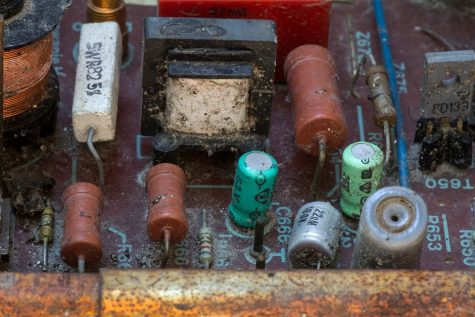
(Courtesy of Andreas N.)
Manufacturers also refuse to change their designs to keep hazardous ones away from landfills. However, tech companies near us such as Apple, Google, Juniper Networks, and more show a strong initiative in making sure their consumers are recycling their e-waste products in the right places. Google offers free recycling of their own products, as does Microsoft, Apple, LG, and many other companies. Goodwill of Silicon Valley—a local thrift store—has become a state-certified e-waste collector that recycles 1.7 million pounds of e-waste each year. According to Shreeram Siddhaye, Director of Hardware Engineering at Juniper Networks in Sunnyvale, some companies donate or sell old computers and power supplies to be reused by schools and other establishments.
“Everything in the world is connected,” says Siddhaye. “When we throw hazardous waste in the environment, that waste will make its way to our water and food supplies.” Though the actions of some companies in the Bay Area are environmentally progressive, recycling electronics lacks infrastructure. There is no federal mandate to reuse e-waste; however 25 states, including California, require statewide recycling. California was the first state to pass an e-waste recycling law in 2003, but the legislation did not cover all products and did not ban people from making money by shipping the waste overseas. Near the end of August, 2007, Santa Clara County made a law requiring proper handling of electronic waste, showing legislative progress. Recyclers in Santa Clara County must now make sure that waste does not end up going overseas.
The process of recycling e-waste, according to Columbia University, starts with collection of materials, which happens locally by private recycling companies approved by the government. The next step is sorting and dismantling, and after that comes end processing, where valuable components are removed. Awareness is key for Silicon Valley, since there are many recycling agencies in our area, including eight that are government approved in Santa Clara. The Electronic Waste Recycling Act of 2003 started collecting a fee from consumers of electronics and paying the extra money to approved e-waste collectors. Sheila Davis, an employee at the Silicon Valley Toxins Coalition, told San Jose Mercury News that because recycling programs are not widely known by consumers, old devices tend to end up in the trash when they could have been recycled. With companies and businesses making recycling programs so readily available around us, the Wilcox community has many wonderful resources to spread awareness and help lessen the effects of pollution. “Companies setting examples of repurposing waste will inspire more people from our generation to help the cause when we are older,” says Wilcox freshman Laila Tran. “This also raises awareness for what kinds of materials we are using.”
Shreeram Siddhaye says, “It is important to understand that human beings do and are causing damage to Earth, and it is a collective responsibility for all of us to tread lightly on it. It should not be taken for granted, and we should do our part to keep it clean.” As our population continues to grow and so does the amount of electronics around our homes, our generation must raise awareness for the problems that we have created, work with the companies and government around us, and help fight against hazardous pollution.

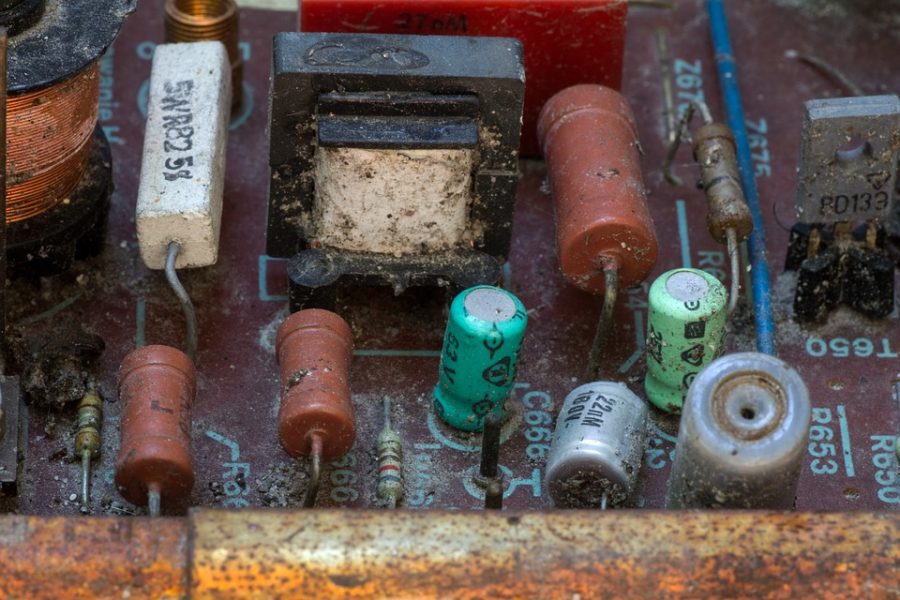




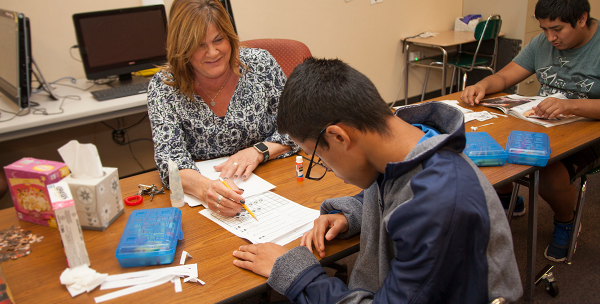

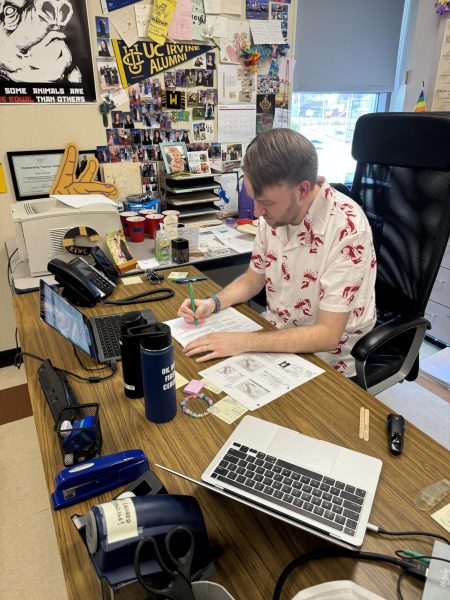
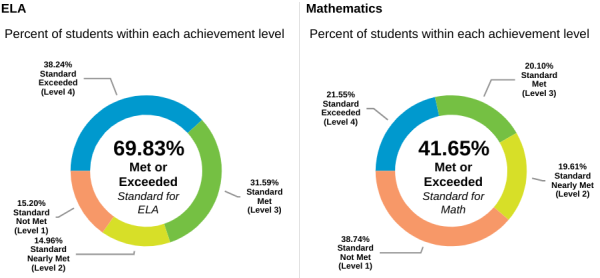

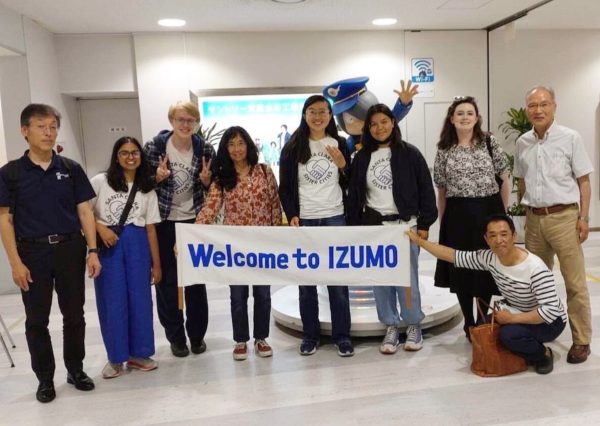
Office 365 support Dallas • Mar 26, 2018 at 7:20 pm
There is no doubt that office 365 is one of the most useful Microsoft tools, bring together various online tools for Office 365 support Dallas. You can completely sync outlook between several devices and also gives you online access to Microsoft office documents. Incidentally, we’ve shared your net journal in our social networks.
Office 365 support Dallas